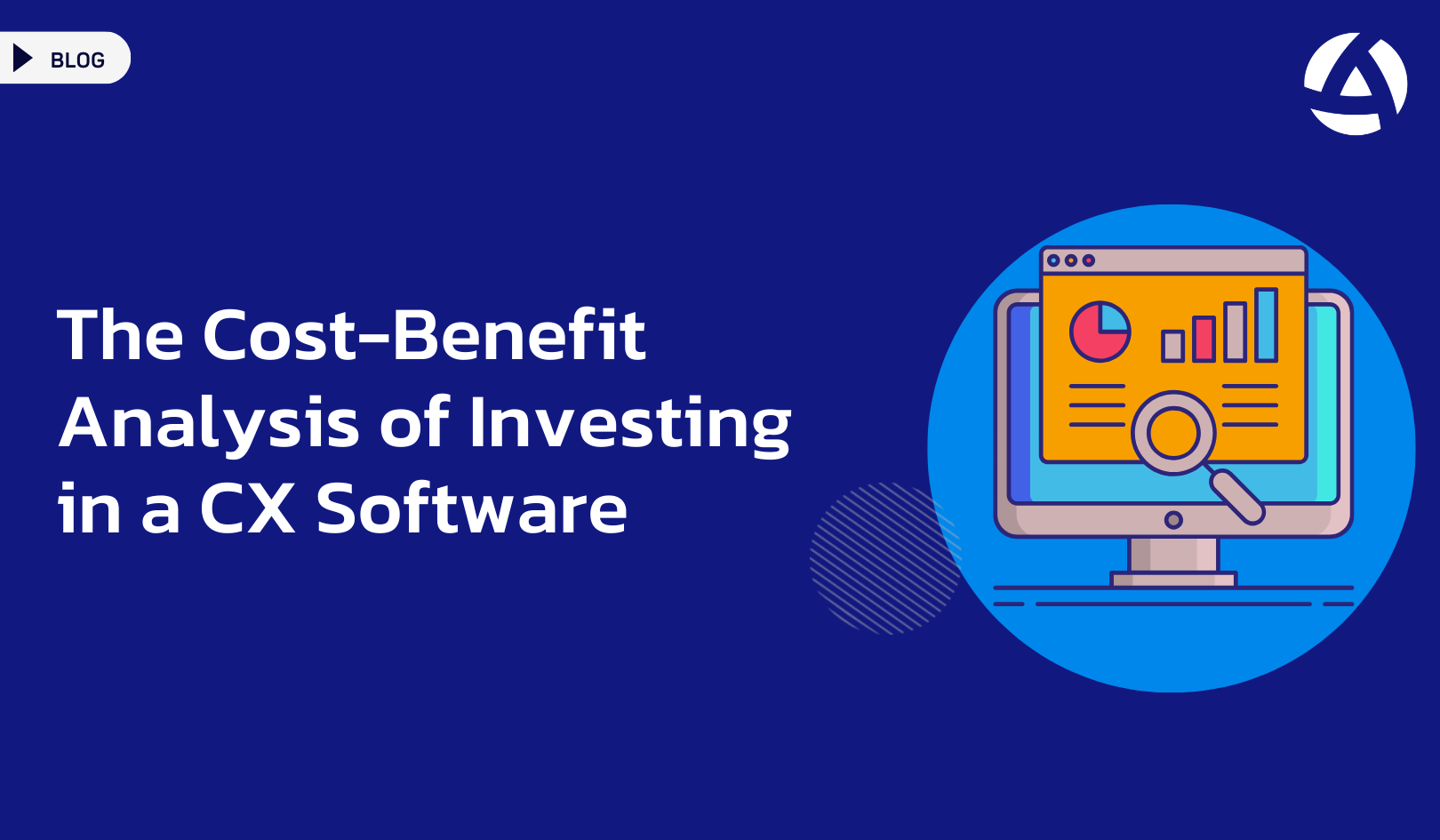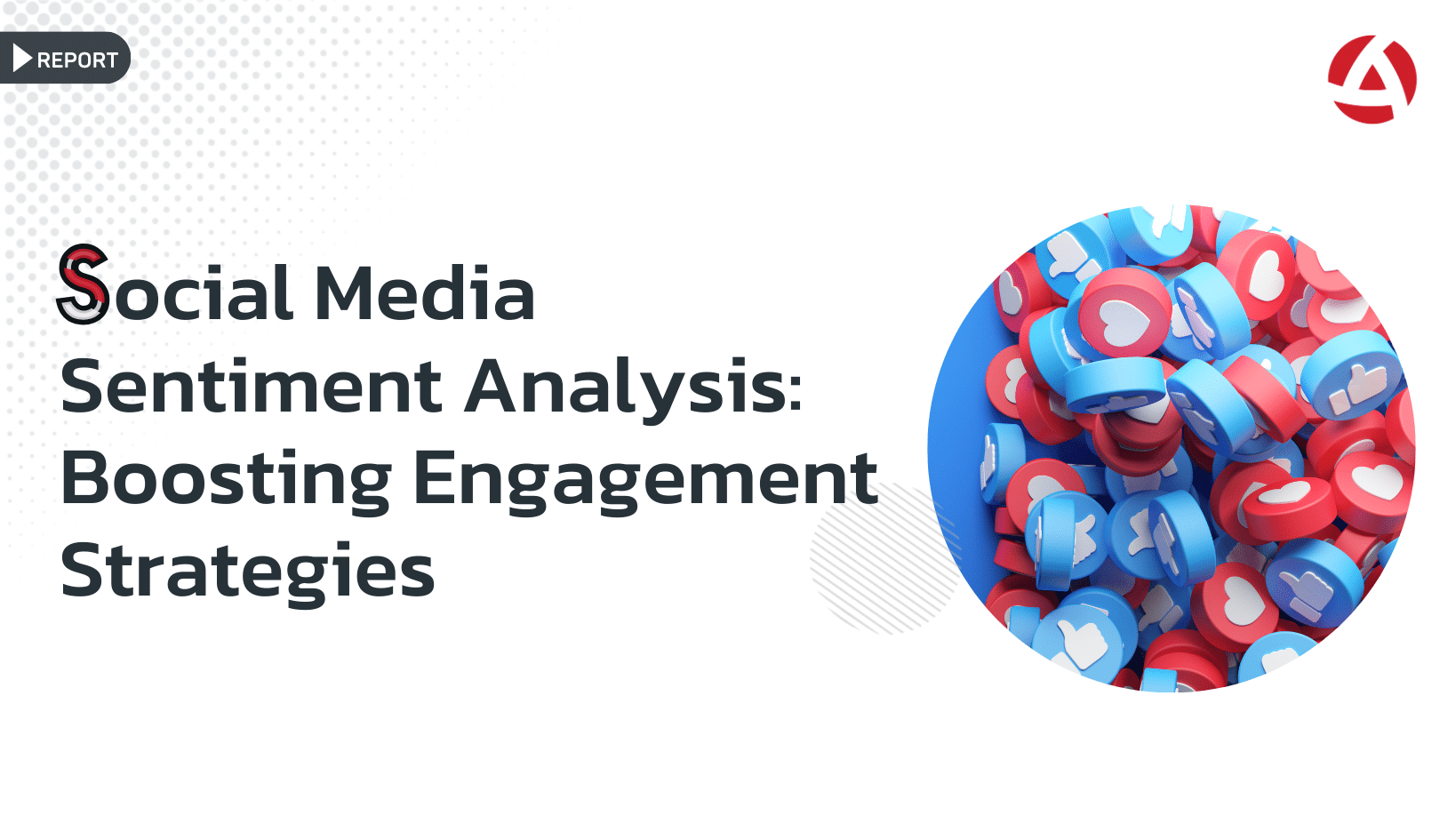In today’s competitive business landscape, delivering exceptional customer experiences is crucial for long-term success. As customer expectations continue to rise, companies are turning to Customer Experience (CX) software to gain a competitive edge. However, investing in CX software requires careful consideration of costs and benefits. In this blog post, we’ll explore the cost-benefit analysis of investing in CX software, helping you make an informed decision for your business.
Understanding the Costs
Initial Purchase and Licensing Fees
The upfront cost of CX softwares can vary significantly depending on the provider, features, and scalability. For small businesses, a basic plan might suffice, while larger enterprises may require more comprehensive solutions. It’s essential to evaluate your needs and budget accordingly.
Implementation and Integration Costs
Implementing CX softwares often involves integration with existing systems, such as CRM and ERP platforms. This process can incur additional costs for technical support, customization, and training. Partnering with experienced vendors can help streamline this phase and minimize expenses.
Ongoing Maintenance and Support
Maintenance fees, software updates, and technical support are ongoing expenses associated with CX software. Ensuring you have access to reliable customer support can mitigate potential issues and reduce downtime, preserving business continuity.
Training and Adoption Costs
For your team to fully leverage the capabilities of CX softwares, comprehensive training is necessary. Investing in training programs ensures that your staff can effectively use the software to its full potential, maximizing the return on investment.
Assessing the Benefits
Improved Customer Satisfaction and Loyalty
Customer experience software provides valuable insights into customer preferences, behaviors, and pain points. By leveraging this data, businesses can tailor their offerings and improve customer satisfaction. Happier customers are more likely to become repeat buyers, enhancing loyalty and lifetime value.
Enhanced Operational Efficiency
Automation and analytics features in CX software streamline various customer service processes. This efficiency reduces response times, minimizes errors, and allows your team to focus on higher-value tasks, ultimately lowering operational costs.
Data-Driven Decision Making
CX software empowers businesses with real-time data and analytics, facilitating informed decision-making. By understanding customer trends and feedback, companies can proactively address issues, innovate products, and refine marketing strategies.
Competitive Advantage
Implementing CX software can differentiate your brand from competitors. Superior customer experiences foster positive word-of-mouth, attracting new customers and boosting market share. Staying ahead of industry trends ensures your business remains relevant and competitive.
Scalability and Flexibility
Modern CX software solutions are designed to grow with your business. As your customer base expands, the software can scale to meet increased demands. Additionally, flexible customization options allow you to adapt the system to evolving business needs.
Calculating ROI
To determine the return on investment (ROI) of CX software, businesses should consider both tangible and intangible benefits. Tangible benefits include increased revenue from higher customer retention rates and reduced operational costs. Intangible benefits, such as improved brand reputation and customer loyalty, also contribute significantly to long-term success.
Conclusion
We at Alterna CX understand the importance of delivering exceptional customer experiences. Investing in CX software is a strategic decision that requires a thorough cost-benefit analysis. While the initial costs can be substantial, the long-term benefits of enhanced customer satisfaction, operational efficiency, and data-driven decision-making often outweigh the expenses. By carefully evaluating your business needs and choosing the right CX software, you can achieve a significant ROI and position your company for sustained growth.




